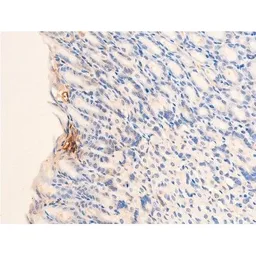Chk2 (phospho Thr68) antibody
Cat. No. GTX03351
Cat. No. GTX03351
-
HostRabbit
-
ClonalityPolyclonal
-
IsotypeIgG
-
ApplicationsWB ICC/IF IHC-P ELISA
-
ReactivityHuman, Mouse, Rat












